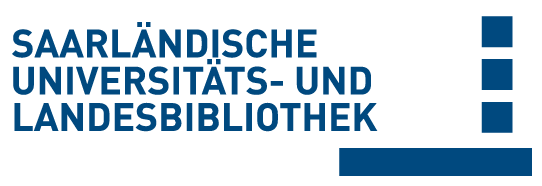Please use this identifier to cite or link to this item:
doi:10.22028/D291-45123 | Title: | Informed but Unvaccinated: A Cross-Sectional Study Among University Students in Ghana |
| Author(s): | Yeboah, Prince Abdin, Ahmad Yaman Gyasi, Trudy Osei Anyimiah, Priscilla Osafo, Newman Skotzke, Philip Pitsch, Werner Brobbey, Mahmood Oppong Panyin, Anto Berko Razouk, Afraa Nasim, Muhammad Jawad Jacob, Claus |
| Language: | English |
| Title: | COVID |
| Volume: | 5 |
| Issue: | 4 |
| Publisher/Platform: | MDPI |
| Year of Publication: | 2025 |
| Free key words: | health attitudes herd immunity immunization programs misinformation psychological models (5Cs model) public health interventions vaccination hesitancy vaccinations vaccines |
| DDC notations: | 500 Science 796 Sports |
| Publikation type: | Journal Article |
| Abstract: | During the COVID-19 pandemic, vaccination hesitancy (VH) posed an equally unexpected and significant obstacle to the effectiveness of public health interventions. VH has not only the potential to stir up public unrest, but it may also impede the success of entire immunization programs and thus prevent the attainment of herd immunity. This cross-sectional, quantitative, and descriptive study examined VH and vaccination behavior (VB) among 3486 university students in Ghana, using a standardized self-administered questionnaire based on the 5Cs model among other relevant variables. The findings confirm a significant VH and a VB influenced by both sociodemographic factors, such as gender (OR: 1.45; [CI: 1.26–1.67]), study program (OR: 0.55; [CI: 0.47–0.64]), and ethnicity (OR: 1.31; [CI: 1.12–1.52]) and also four of the 5Cs, i.e., Confidence (OR:1.56; [CI: 1.45–1.68]), Constraints (OR: 0.83; [CI: 0.78–0.87]), Calculation (OR:0.85; [CI: 0.78–0.92]), and Collective Responsibility (OR:1.27; [CI: 1.16–1.38]), yet not Complacency, nor religion. Notably, VH was further shaped by previous vaccine experience, information sources, vaccine attributes, stance on vaccine passport, and conspiracy beliefs, with misinformation from unofficial sources playing a key role. The multiple regression models explained 11% to 34% of the variance in the 5Cs, indicating varying degrees of explanatory power for each factor influencing VB and eventually also VH. This study highlights the urgent need for targeted public health interventions, such as integrating vaccine education into university orientation programs, streamlining vaccination processes, and leveraging influencers for trust-building campaigns. |
| DOI of the first publication: | 10.3390/covid5040047 |
| URL of the first publication: | https://doi.org/10.3390/covid5040047 |
| Link to this record: | urn:nbn:de:bsz:291--ds-451235 hdl:20.500.11880/39948 http://dx.doi.org/10.22028/D291-45123 |
| ISSN: | 2673-8112 |
| Date of registration: | 29-Apr-2025 |
| Faculty: | HW - Fakultät für Empirische Humanwissenschaften und Wirtschaftswissenschaft NT - Naturwissenschaftlich- Technische Fakultät |
| Department: | HW - Sportwissenschaft NT - Pharmazie |
| Professorship: | HW - Prof. Dr. Eike Emrich NT - Prof. Dr. Claus Jacob |
| Collections: | SciDok - Der Wissenschaftsserver der Universität des Saarlandes |
Files for this record:
| File | Description | Size | Format | |
|---|---|---|---|---|
| covid-05-00047.pdf | 1,8 MB | Adobe PDF | View/Open |
This item is licensed under a Creative Commons License


